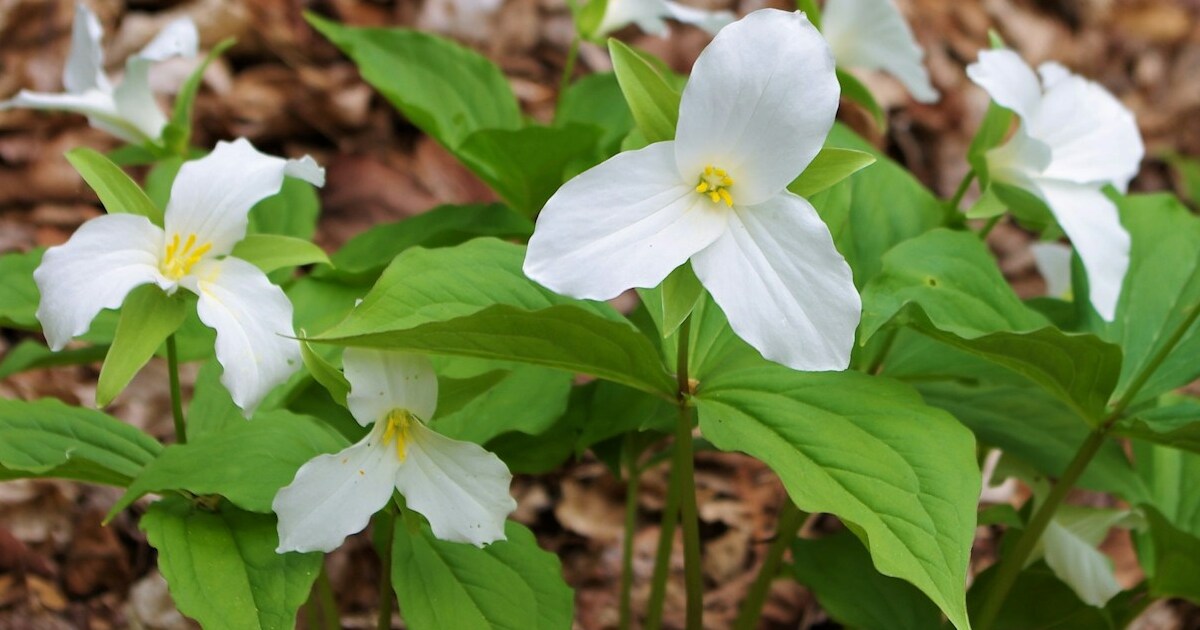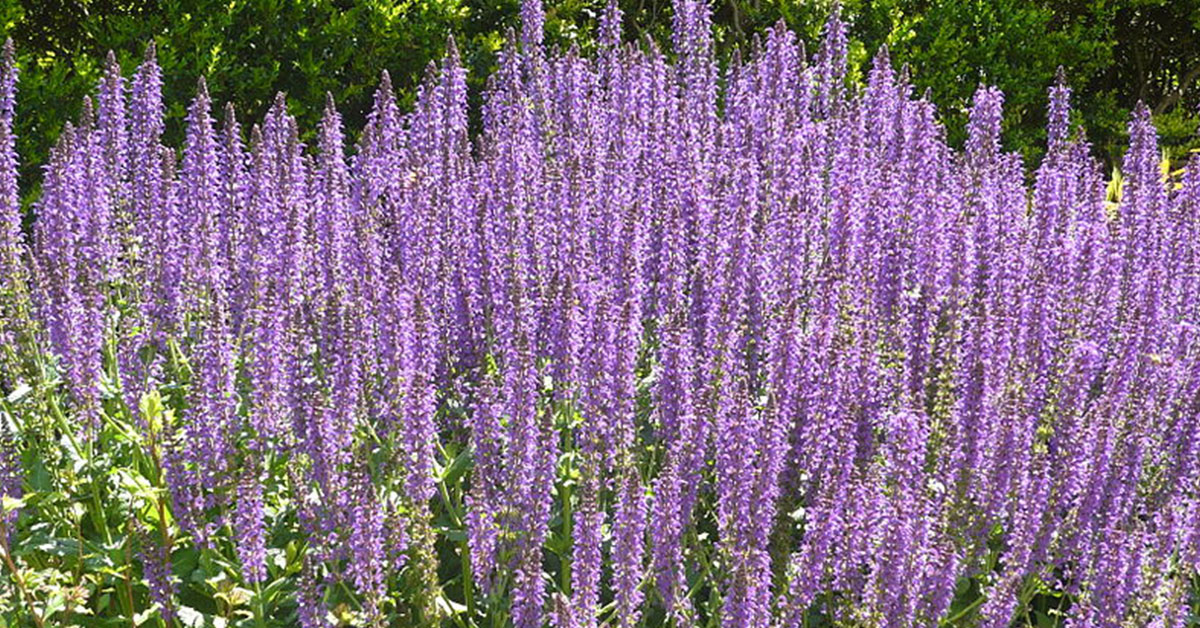Gardening in shady areas can be a bit challenging, but it’s certainly not impossible. In fact, many beautiful perennials thrive in the shade, offering vibrant colors and lush foliage that can transform those dim corners of your garden into stunning displays. By choosing the right plants, you can enjoy a colorful garden even in the shadiest spots.
In this article, I’ll introduce you to fifteen perennials that bloom beautifully in the shade. From common favorites to unique finds, these plants will add charm and interest to your garden. Let’s explore these shade-loving perennials and discover how they can brighten up your landscape!
Astilbe
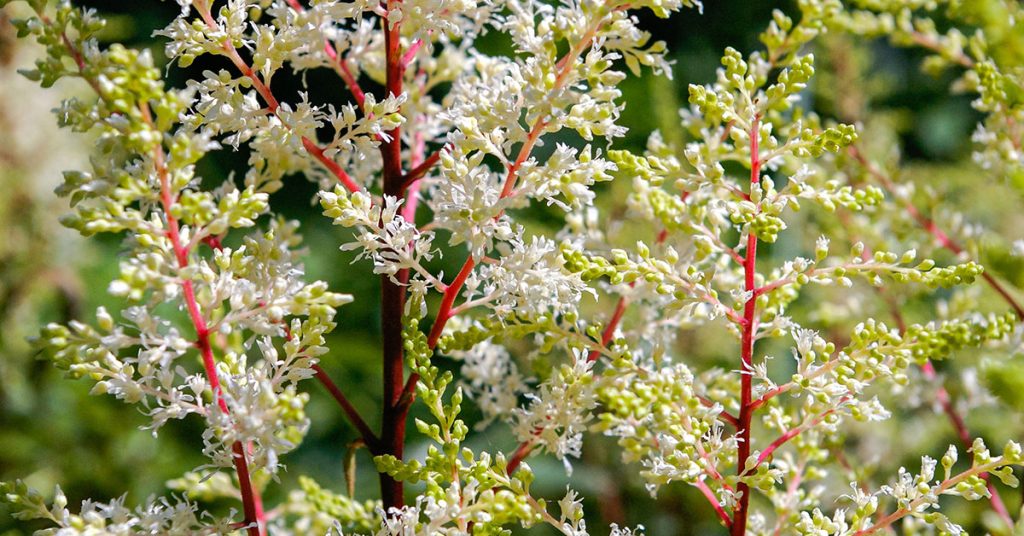
Astilbe is a stunning perennial known for its feathery plumes of flowers that bloom in shades of pink, red, white, and purple. These flowers rise above fern-like foliage, adding a touch of elegance to shaded garden areas. Astilbe blooms from late spring to early summer, providing a long-lasting display of color.
I love planting astilbe in my garden for its delicate, airy blooms and ability to thrive in partial to full shade. It prefers moist, well-drained soil, making it perfect for woodland gardens or along shaded borders. Astilbe’s striking flowers and lush foliage add texture and beauty to any shady spot.
Hellebore
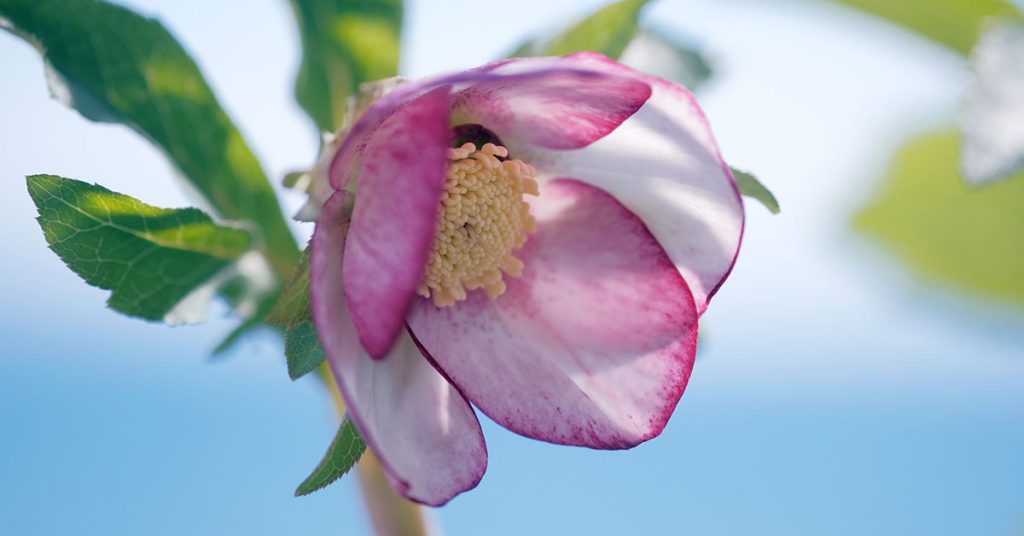
Hellebores, also known as Lenten roses, are hardy perennials that produce nodding, cup-shaped flowers in shades of white, pink, purple, and green. Blooming from late winter to early spring, hellebores bring early-season color to shaded gardens when most other plants are still dormant.
One of my favorite things about hellebores is their evergreen foliage, which provides year-round interest. They thrive in partial to full shade and well-drained soil, making them ideal for woodland gardens and shaded borders. Hellebores add a touch of elegance and resilience to the garden, offering beautiful blooms and lasting foliage.
Bleeding Heart
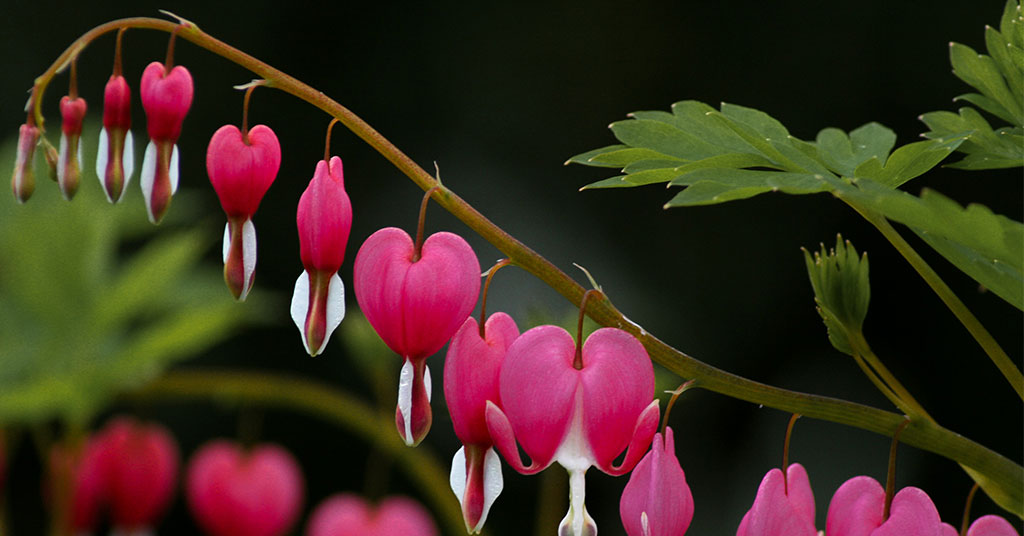
Bleeding heart is a unique perennial with heart-shaped flowers that dangle from arching stems. Available in shades of pink, red, and white, these charming blooms appear in spring and early summer. Bleeding heart thrives in partial to full shade and moist, well-drained soil.
I love the romantic, old-fashioned charm of bleeding heart. It’s perfect for shaded garden corners and woodland gardens, adding a touch of whimsy and color. The delicate, pendulous blooms create a beautiful focal point, making bleeding heart a favorite for shady spots.
Tiarella
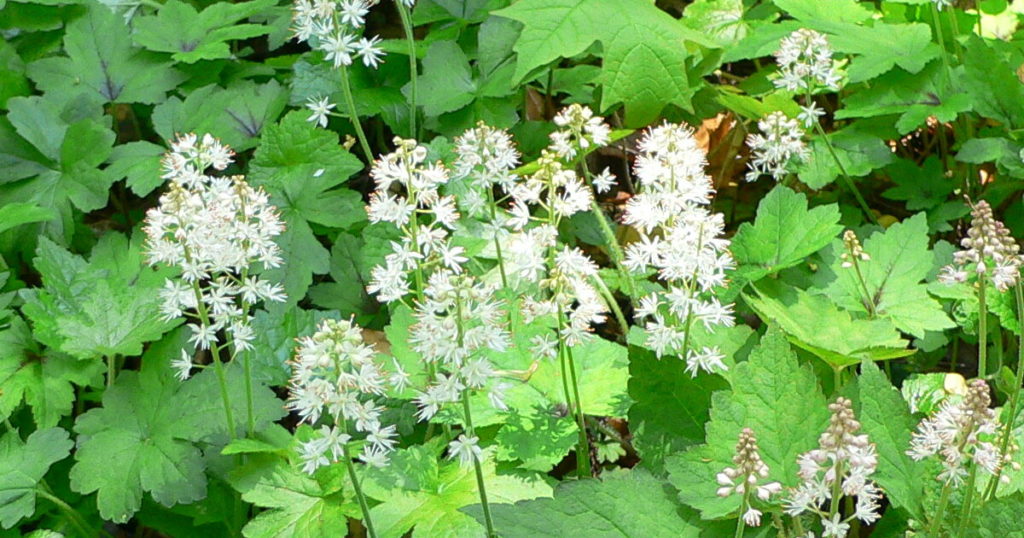
Tiarella, also known as foamflower, is a charming perennial that produces delicate spikes of star-shaped flowers in shades of white and pink. Blooming in late spring to early summer, tiarella adds a soft, ethereal quality to shaded garden areas. Its attractive foliage often features unique patterns and colors.
I enjoy planting tiarella for its light, airy blooms and interesting leaves. It thrives in partial to full shade and moist, well-drained soil, making it ideal for woodland gardens and shaded borders. Tiarella’s lovely flowers and foliage bring texture and interest to the garden, enhancing the beauty of shaded areas.
Brunnera
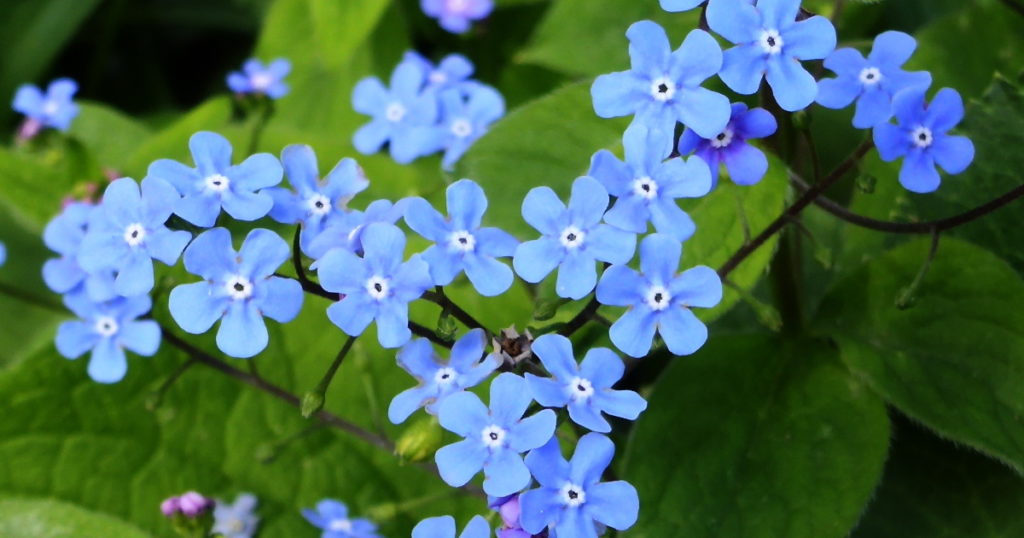
Brunnera, also known as Siberian bugloss, is a hardy perennial that produces clusters of tiny, blue, forget-me-not-like flowers in spring. Its large, heart-shaped leaves are often variegated, adding visual interest even when not in bloom. Brunnera thrives in partial to full shade and moist, well-drained soil.
I love the delicate, sky-blue flowers of brunnera that brighten up my garden in early spring. The attractive foliage provides a lovely backdrop for other shade-loving plants. Brunnera is perfect for woodland gardens, shaded borders, and ground covers, adding a touch of elegance and color to any shady spot.
Japanese Anemone
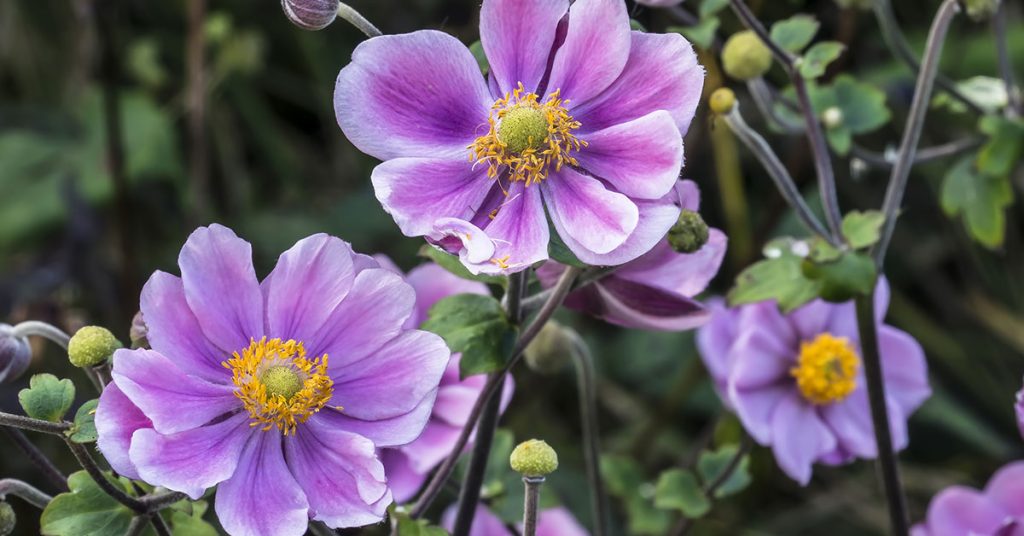
Japanese anemones are elegant perennials that produce clusters of delicate, saucer-shaped flowers in shades of pink, white, and purple. Blooming from late summer to fall, these flowers bring late-season color to shaded garden areas. Japanese anemones thrive in partial to full shade and well-drained soil.
I enjoy the graceful, airy blooms of Japanese anemones that add a touch of sophistication to the garden. They’re perfect for adding late-season interest to woodland gardens and shaded borders. The delicate flowers and lush foliage make Japanese anemones a standout choice for shady spots.
Pulmonaria
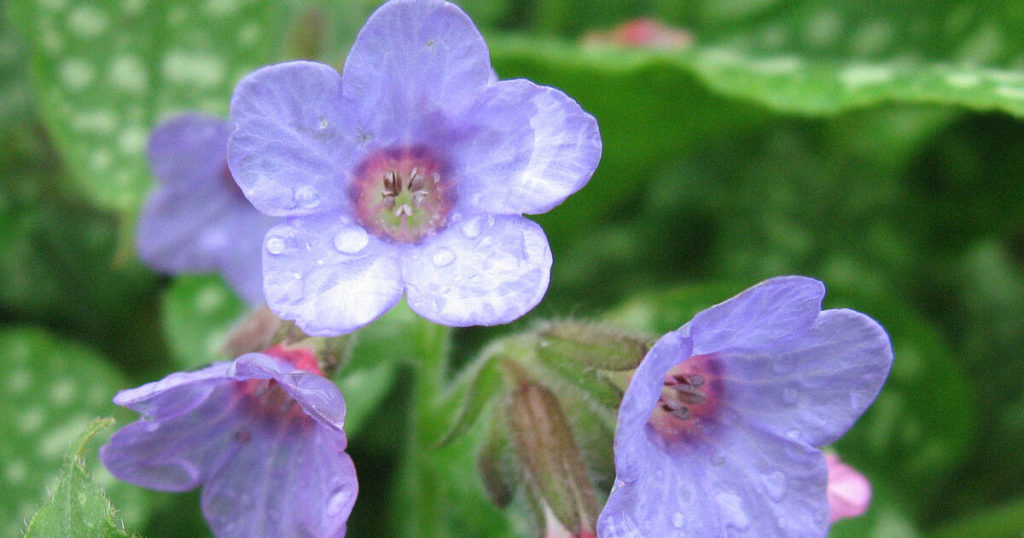
Pulmonaria, also known as lungwort, is a unique perennial with spotted foliage and clusters of small, tubular flowers that change color as they mature. Typically blooming in shades of blue, pink, and white in early spring, pulmonaria thrives in partial to full shade and moist, well-drained soil.
One of my favorite features of pulmonaria is its early spring blooms, which provide a welcome burst of color after a long winter. The distinctive foliage adds texture and visual interest to the garden. Pulmonaria is perfect for woodland gardens and shaded borders, bringing beauty and resilience to shady areas.
Coral Bells
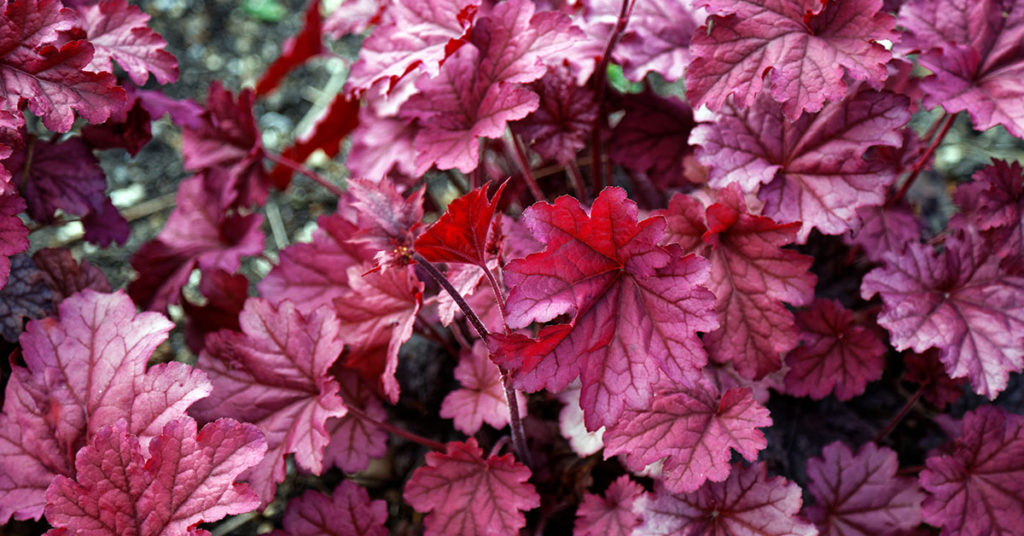
Coral bells, or Heuchera, are versatile perennials known for their colorful foliage and delicate flower spikes. Available in a variety of leaf colors, including shades of green, purple, and bronze, coral bells produce small, bell-shaped flowers in late spring to summer. They thrive in partial shade and well-drained soil.
I love the vibrant foliage and airy flowers of coral bells. They add a pop of color and texture to shaded garden beds and borders. Coral bells are low-maintenance and drought-tolerant once established, making them a reliable choice for brightening up shady spots.
Lamium
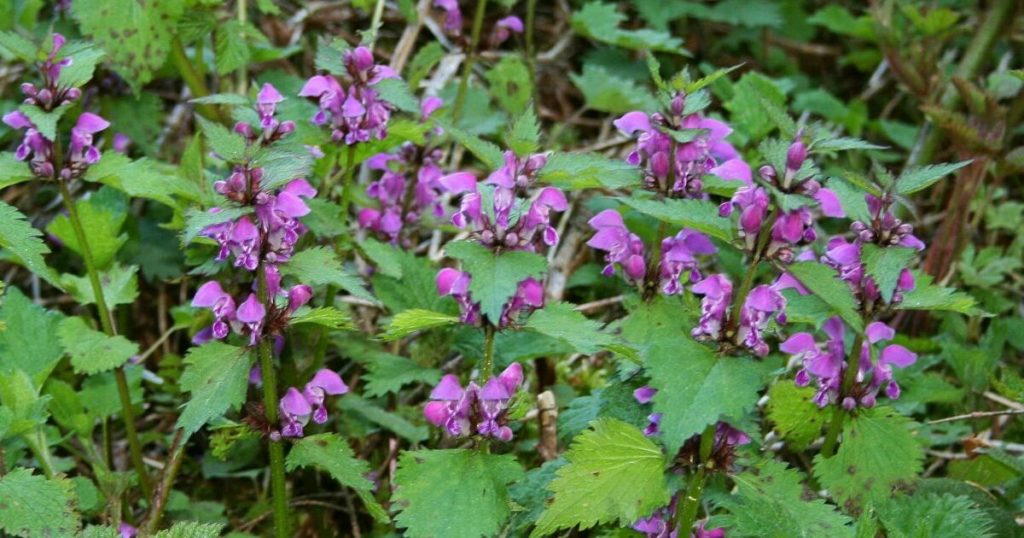
Lamium, also known as deadnettle, is a hardy ground cover that produces clusters of small, tubular flowers in shades of pink, purple, and white. Blooming from late spring to summer, lamium thrives in partial to full shade and well-drained soil. Its attractive, variegated foliage adds visual interest even when not in bloom.
I appreciate lamium for its ability to quickly cover shaded areas with its lush foliage and colorful blooms. It’s perfect for filling in gaps between other shade-loving plants and adding a touch of brightness to the garden. Lamium’s resilience and low-maintenance nature make it an excellent choice for ground cover in shaded spots.
Trillium
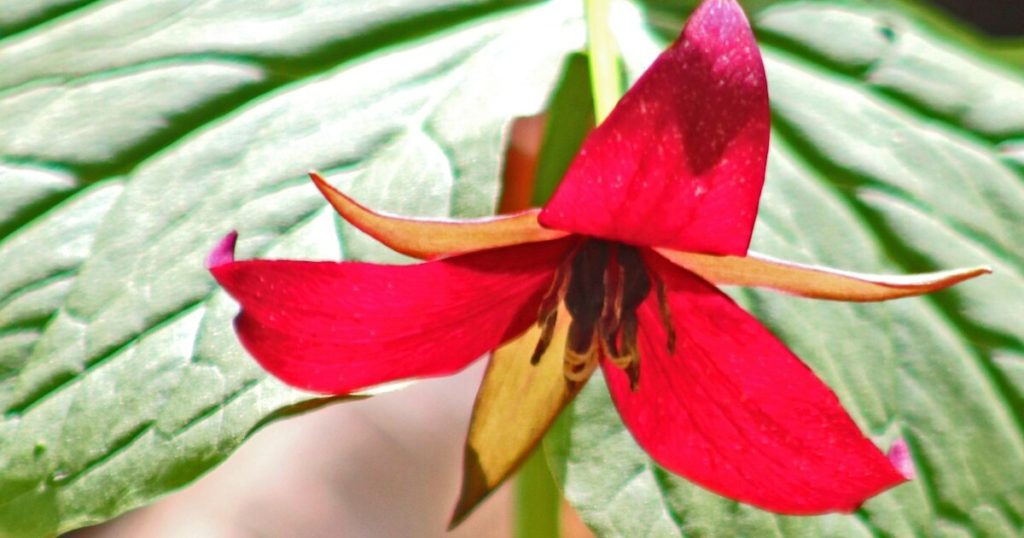
Trillium, also known as wake robin, is a unique woodland perennial that produces three-petaled flowers in shades of white, pink, red, and yellow. Blooming in early spring, trillium thrives in partial to full shade and rich, well-drained soil. Its distinctive flowers and foliage make it a standout in shaded gardens.
I love the delicate, three-petaled blooms of trillium that add a touch of elegance to the garden. It’s perfect for woodland gardens and shaded borders, providing early-season color and interest. Trillium’s unique appearance and low-maintenance nature make it a favorite for shady spots.
Hosta
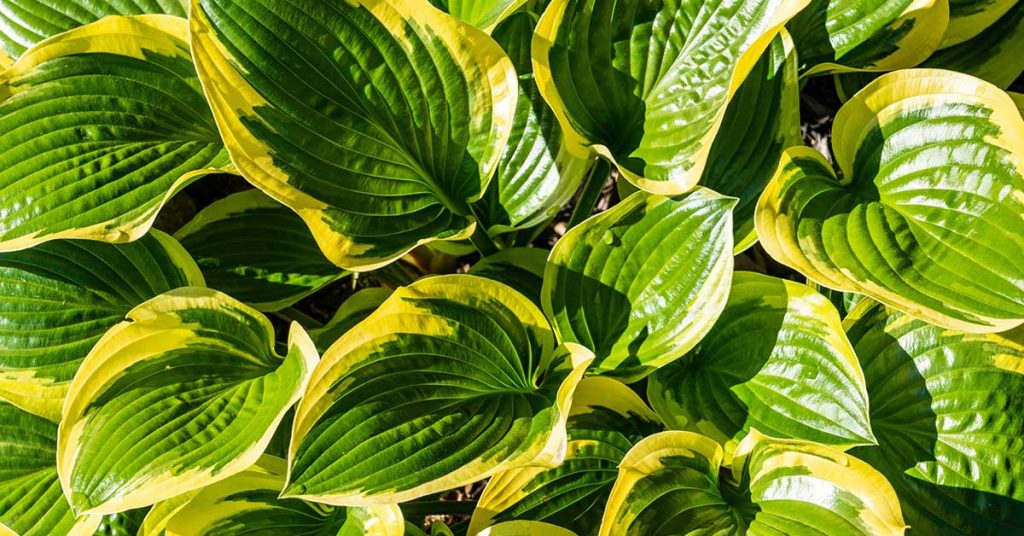
Hostas are popular shade-loving perennials known for their lush, colorful foliage. Available in a variety of leaf colors and patterns, hostas produce tall spikes of white, lavender, or purple flowers in summer. They thrive in partial to full shade and moist, well-drained soil.
I love the bold, textured leaves of hostas that add a dramatic touch to shaded garden beds and borders. The tall flower spikes provide additional visual interest during the summer months. Hostas are low-maintenance and perfect for creating a lush, green oasis in the shade.
Epimedium
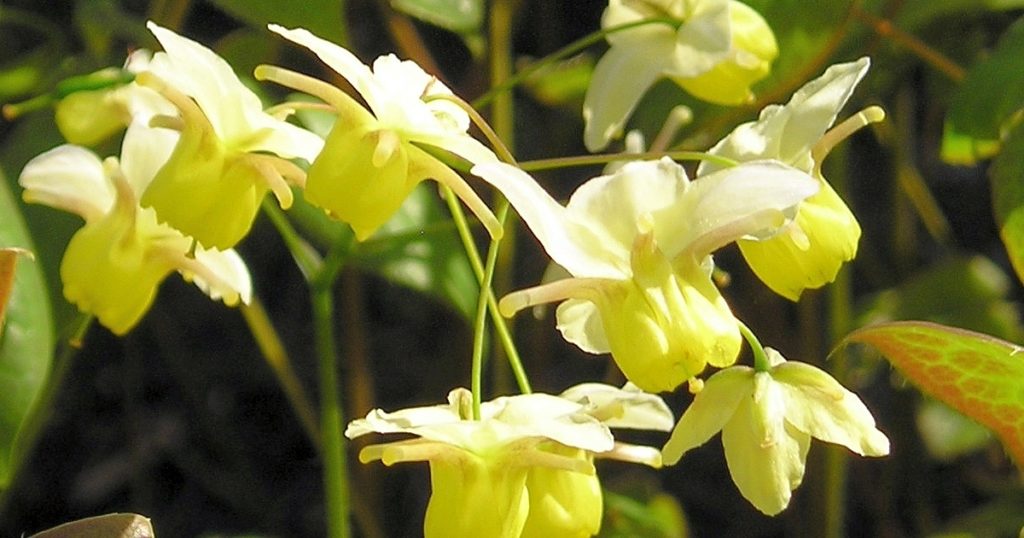
Epimedium, also known as barrenwort, is a hardy perennial that produces delicate, spurred flowers in shades of yellow, pink, red, and white. Blooming in spring, epimedium thrives in partial to full shade and well-drained soil. Its heart-shaped leaves often turn red or bronze in fall, adding seasonal interest.
I enjoy the unique, fairy-like flowers of epimedium that bring a touch of magic to the garden. The attractive foliage provides a lovely backdrop for other shade-loving plants. Epimedium is perfect for woodland gardens, shaded borders, and ground covers, adding beauty and resilience to shady areas.
Solomon’s Seal
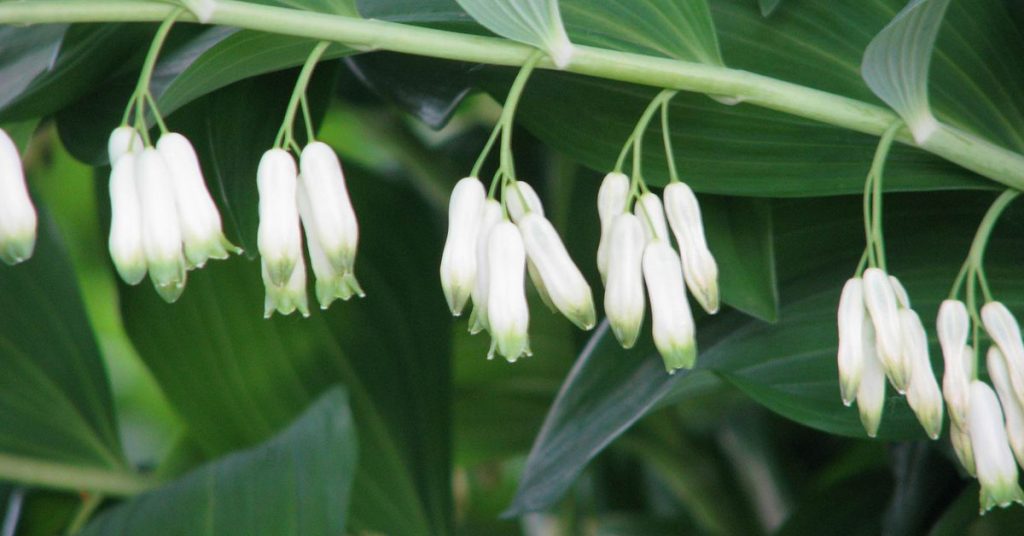
Solomon’s seal is an elegant perennial that produces arching stems with dangling, bell-shaped flowers in shades of white and green. Blooming in late spring to early summer, Solomon’s seal thrives in partial to full shade and moist, well-drained soil. Its graceful form and foliage add a touch of sophistication to shaded gardens.
I love the graceful, arching stems of Solomon’s seal that create a sense of movement in the garden. The dangling flowers add a delicate touch, making it a beautiful focal point for shaded areas. Solomon’s seal is perfect for woodland gardens and shaded borders, offering elegance and charm to any garden.
Ligularia
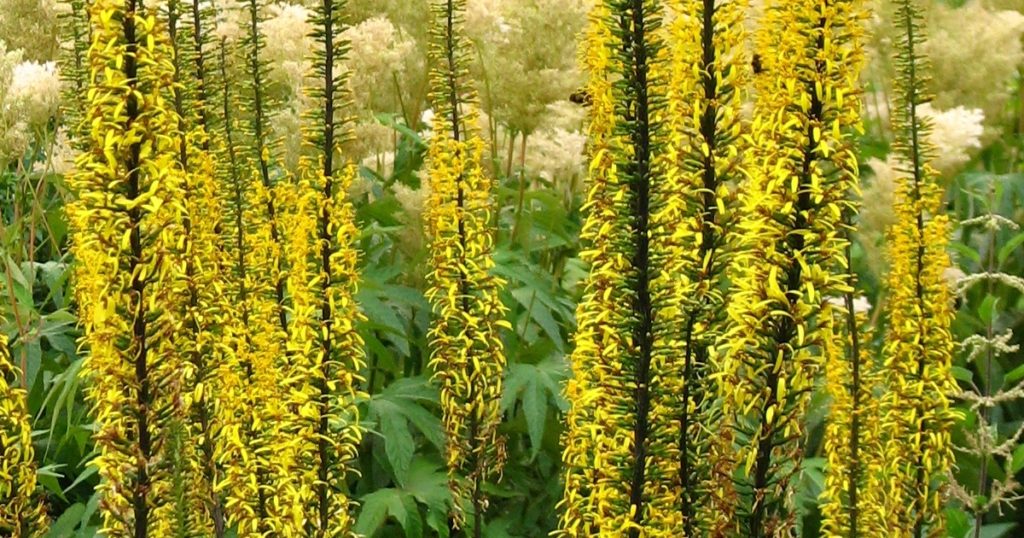
Ligularia, also known as leopard plant, is a bold perennial that produces large, yellow flower spikes in mid to late summer. Its large, dark green leaves create a striking contrast in shaded garden areas. Ligularia thrives in partial to full shade and moist, well-drained soil.
I appreciate the dramatic, architectural presence of ligularia in the garden. Its large leaves and bright flowers add a bold statement to shaded borders and beds. Ligularia’s resilience and ability to thrive in damp, shady conditions make it an excellent choice for adding color and texture to your garden.
Japanese Forest Grass
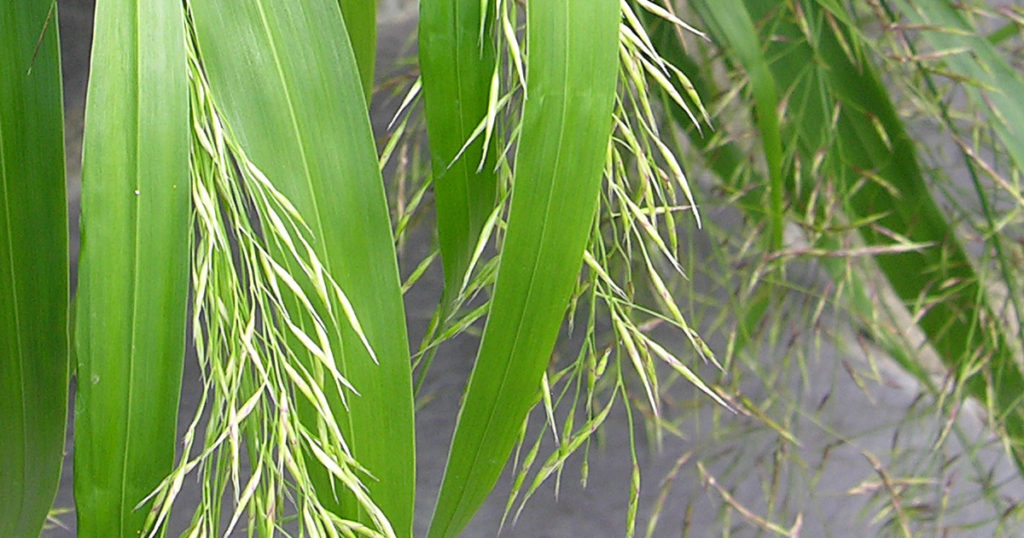
Japanese forest grass, or Hakonechloa, is a graceful perennial that produces arching, bamboo-like foliage in shades of green, gold, and variegated patterns. While it doesn’t produce traditional flowers, its foliage adds movement and texture to shaded garden areas. Japanese forest grass thrives in partial to full shade and moist, well-drained soil.
I love the flowing, cascading form of Japanese forest grass that creates a sense of serenity in the garden. It’s perfect for adding a touch of elegance to shaded borders and ground covers. The varied foliage colors provide visual interest throughout the growing season, making it a unique and beautiful addition to any garden.
